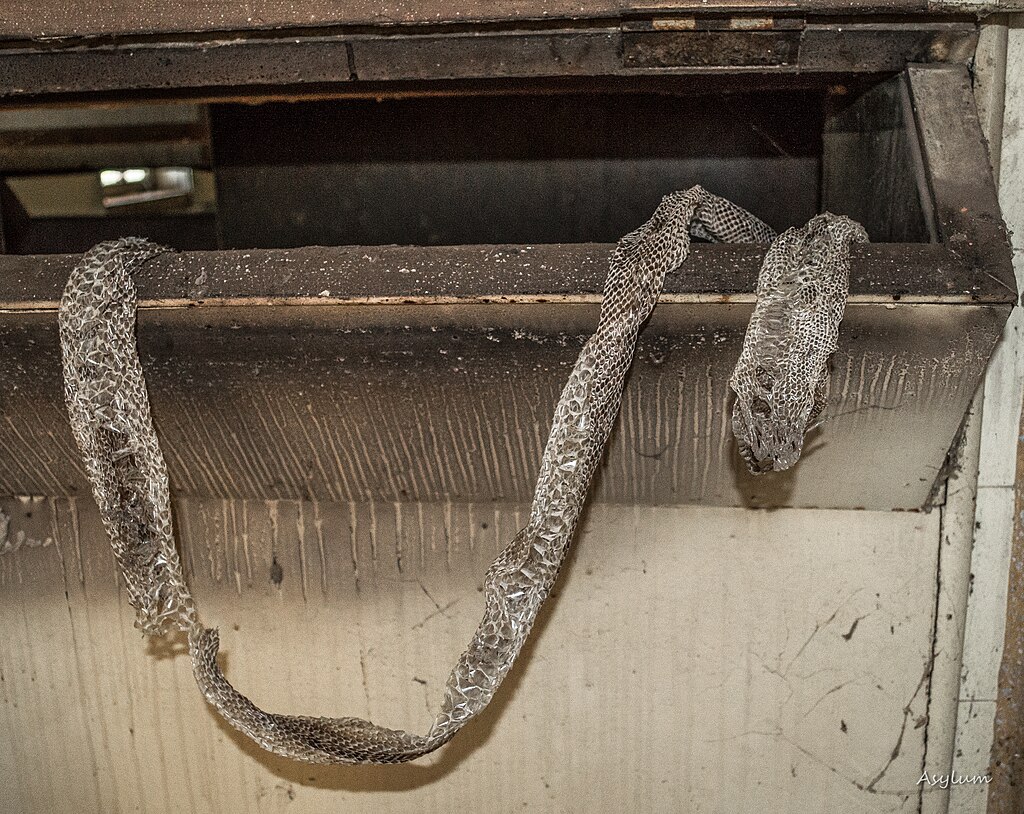In the world of wildlife tracking, snake trails present a unique challenge. Unlike mammals that leave distinct footprints, snakes create subtle patterns that are easily overlooked by untrained eyes. Learning to identify these elusive signs can enhance your outdoor experiences, whether you’re a hiker, photographer, naturalist, or simply curious about the hidden wildlife around you. Snake tracking is both an ancient skill and modern science that connects us with these fascinating reptiles without direct encounters. This guide will walk you through the essentials of recognizing and interpreting snake movements across various terrains, helping you develop a deeper understanding of these often misunderstood creatures.
Understanding Snake Locomotion Basics
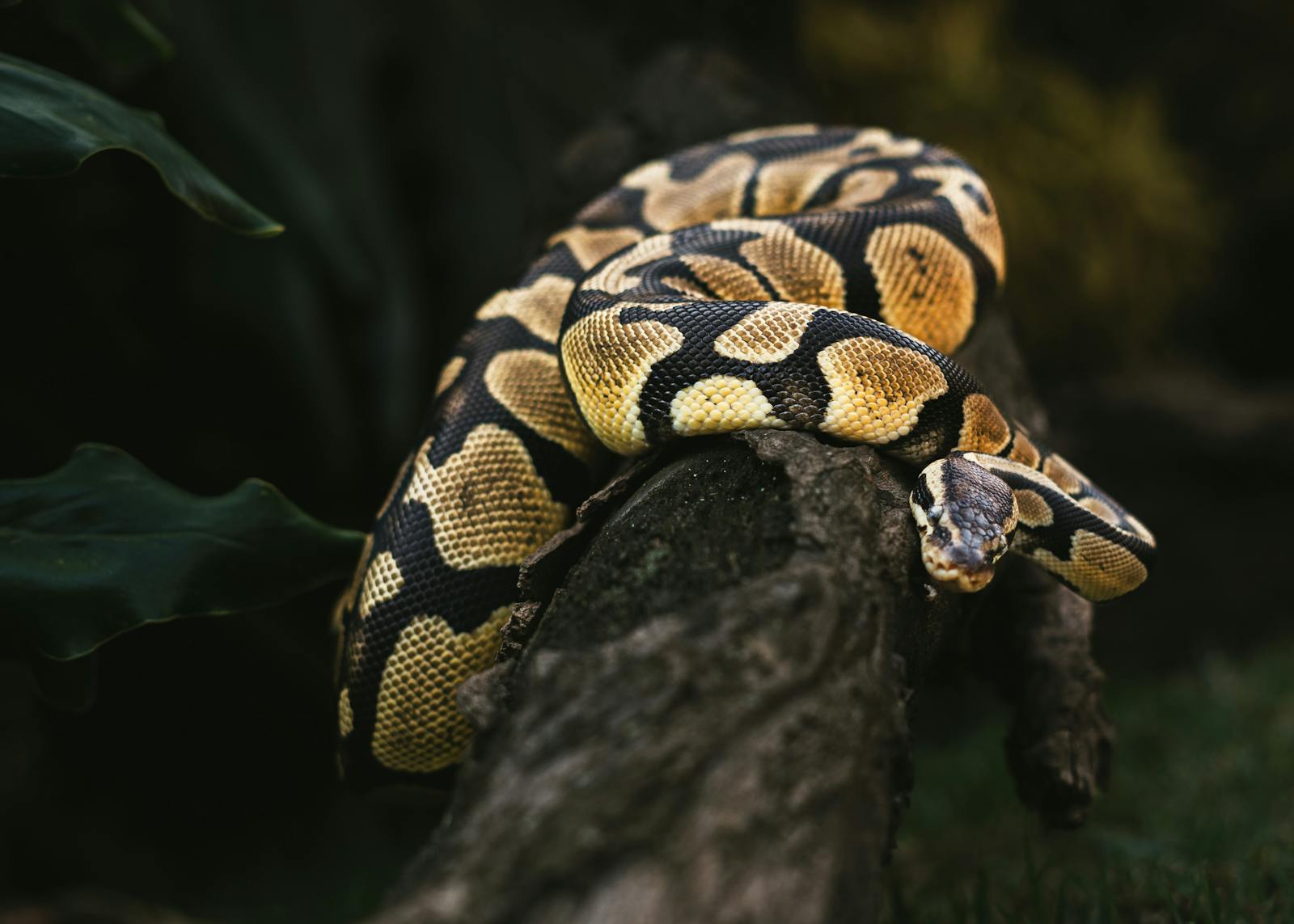
Before identifying snake tracks, it’s essential to understand how snakes actually move through their environment. Unlike animals with limbs, snakes use their entire body to generate forward momentum through four primary movement patterns: serpentine (lateral undulation), rectilinear, sidewinding, and concertina. Serpentine movement, the most common pattern, creates the classic S-shaped trails we typically associate with snakes as they push against surface irregularities. Each movement type produces distinctive track patterns that can help identify not just the presence of a snake, but often the species and size as well. Understanding these locomotion methods forms the foundation for successful track identification in the field.
Recognizing Snake Tracks in Sand
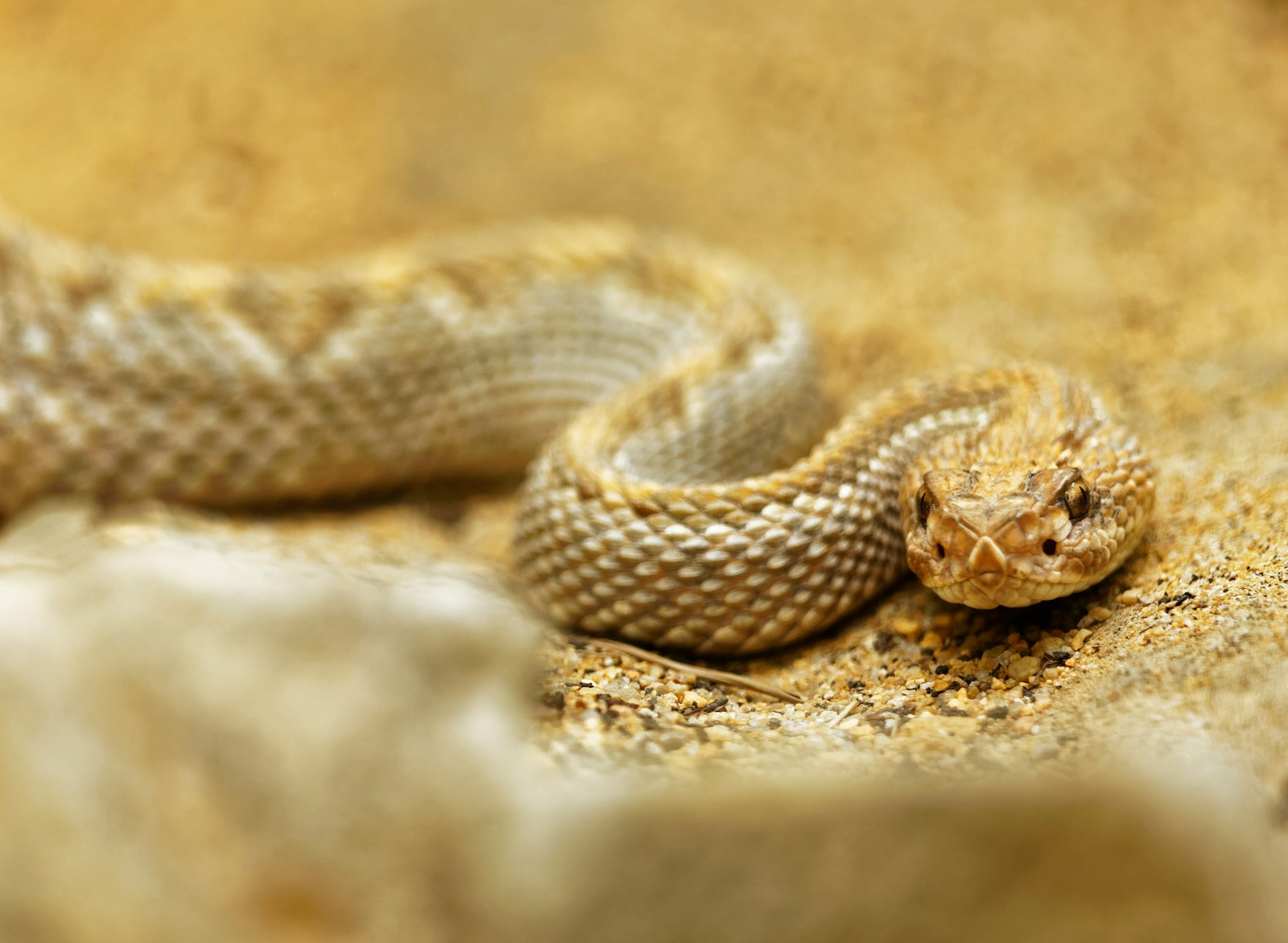
Sandy environments provide some of the clearest snake tracking opportunities for beginners. In fine sand, look for continuous, wavy lines that represent typical serpentine movement, often appearing as a series of S-shaped curves with parallel ridges. Sidewinder rattlesnakes leave distinctive J-shaped marks where their bodies contacted the sand, creating a diagonal pattern rather than a straight-line trail. The width of the track offers clues to the snake’s size, while the depth and clarity can indicate how recently the snake passed through. Fresh tracks will have crisp, well-defined edges compared to older trails that may be softened by wind or other elements.
Identifying Snake Trails in Dusty or Muddy Surfaces
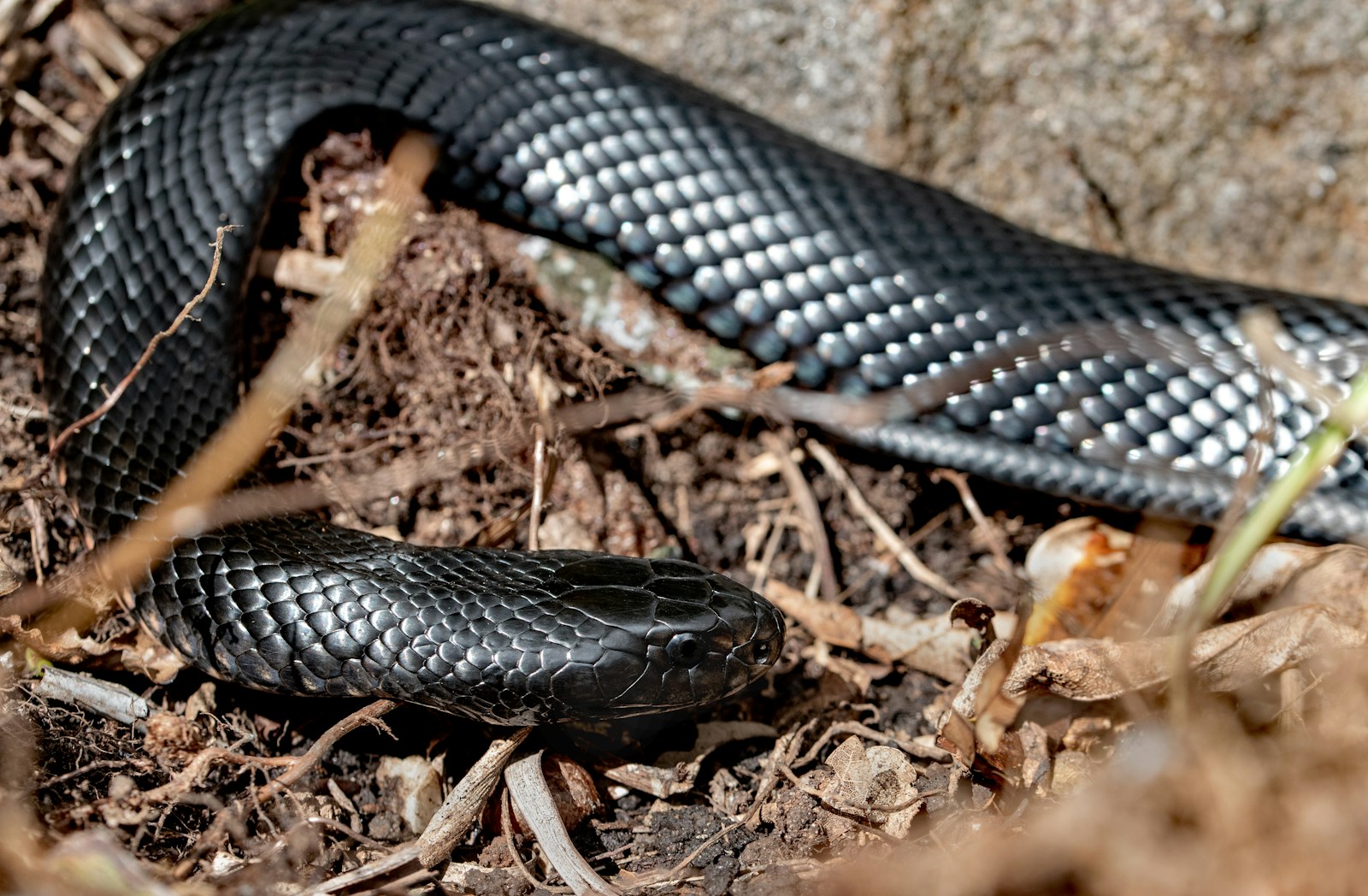
Dust and mud preserve different qualities of snake movements than sand does, often showing more subtle impressions. In dust, look for smooth, swept patterns where the snake’s scales have displaced fine particles, creating a path that might appear polished compared to surrounding areas. Muddy surfaces can capture remarkably detailed impressions of a snake’s ventral scales, sometimes revealing identifying patterns that can help with species identification. The depth and clarity of the impression typically correlate with the snake’s weight and the substrate’s moisture content. After rain, check muddy areas near water sources, as these locations often preserve excellent snake trails during their morning or evening movements.
Distinguishing Between Snake Species Through Track Patterns
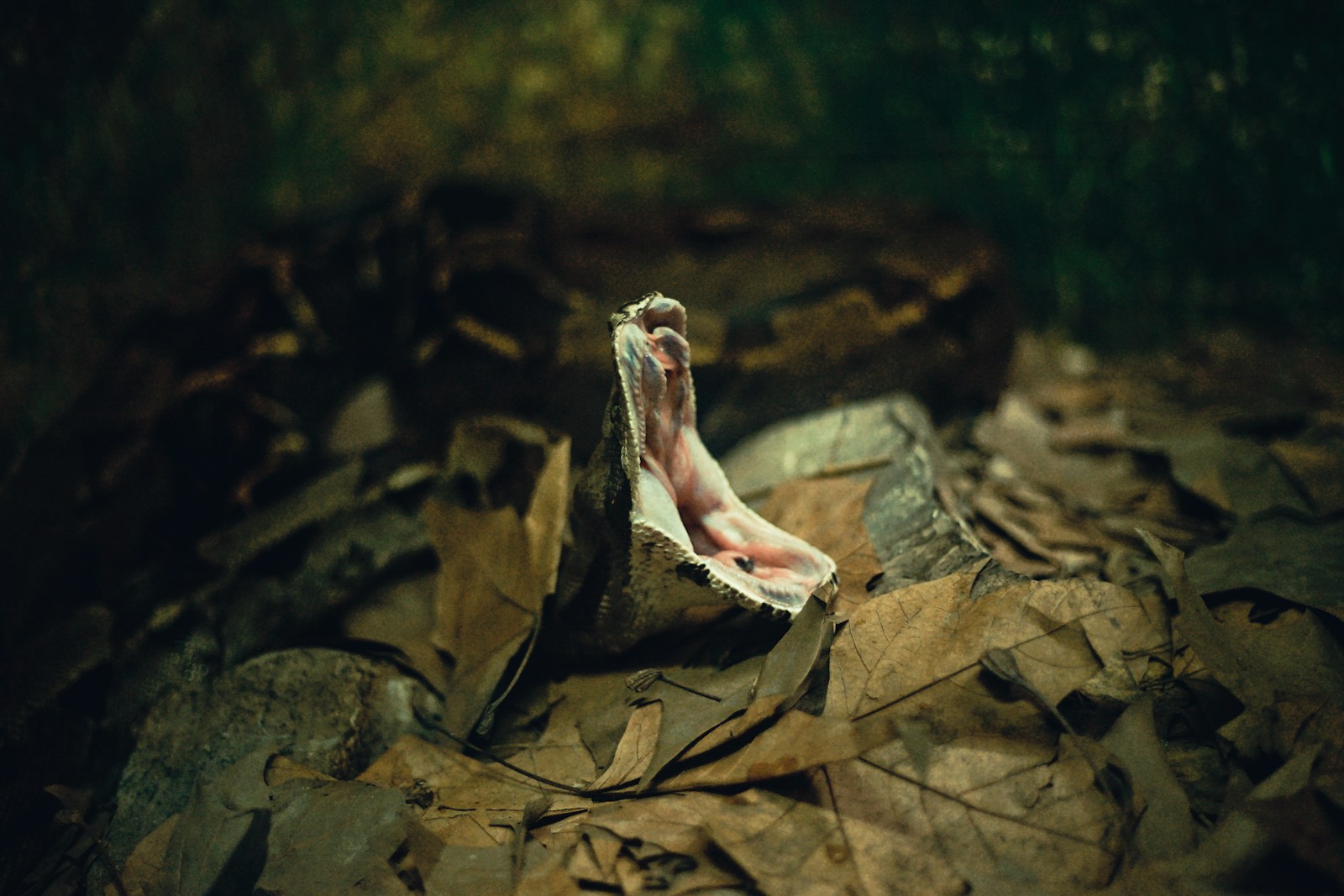
Different snake species leave characteristic track patterns that reflect their anatomy and movement style. Rattlesnakes often create wider, more pronounced tracks with distinct lateral indentations from their heavier bodies and sometimes drag marks from their rattles. Water snakes typically leave wandering trails that frequently lead to and from water sources, while tree-dwelling species might leave tracks that abruptly end where they climbed vegetation. The spacing and amplitude of undulations can indicate species—larger constrictors create broad, powerful curves while smaller species leave tighter patterns. With practice, trackers can learn to distinguish between harmless snakes and venomous species based solely on movement signatures and habitat context.
Tracking Snakes in Grass and Vegetation

Grassy environments present special challenges for snake tracking, requiring closer observation of subtle disturbances. Look for compressed grass creating narrow pathways where the blades are bent in a consistent direction, forming what trackers call “shine trails” where light reflects differently off disturbed vegetation. Morning dew can highlight these paths as the moisture patterns are disrupted by a snake’s passage. Seed heads or pollen may be disturbed in a linear pattern, and sometimes small fragments of shed skin remain caught on rough grass edges. In taller vegetation, focus on ground level where parted plant stems or matted areas might indicate a snake’s recent passage through the undergrowth.
Reading Sign Around Snake Habitats

Successful snake tracking involves understanding the ecosystems and microhabitats where snakes thrive. Rocky outcroppings often show snake sign as smooth, dusty trails leading into crevices, sometimes accompanied by shed skins or faint scale impressions on dusty surfaces. Around water sources, look for trails leading from water to basking sites, particularly on sunny banks where snakes regulate their temperature. Fallen logs and decomposing stumps frequently harbor snake trails in the soft detritus surrounding them. Rodent burrows with smooth, widened entrances and nearby sinuous tracks may indicate predatory snake activity. Understanding these habitat connections dramatically increases your chances of correctly identifying snake presence even when the tracks themselves are minimal.
Identifying Shed Skins and Their Meaning
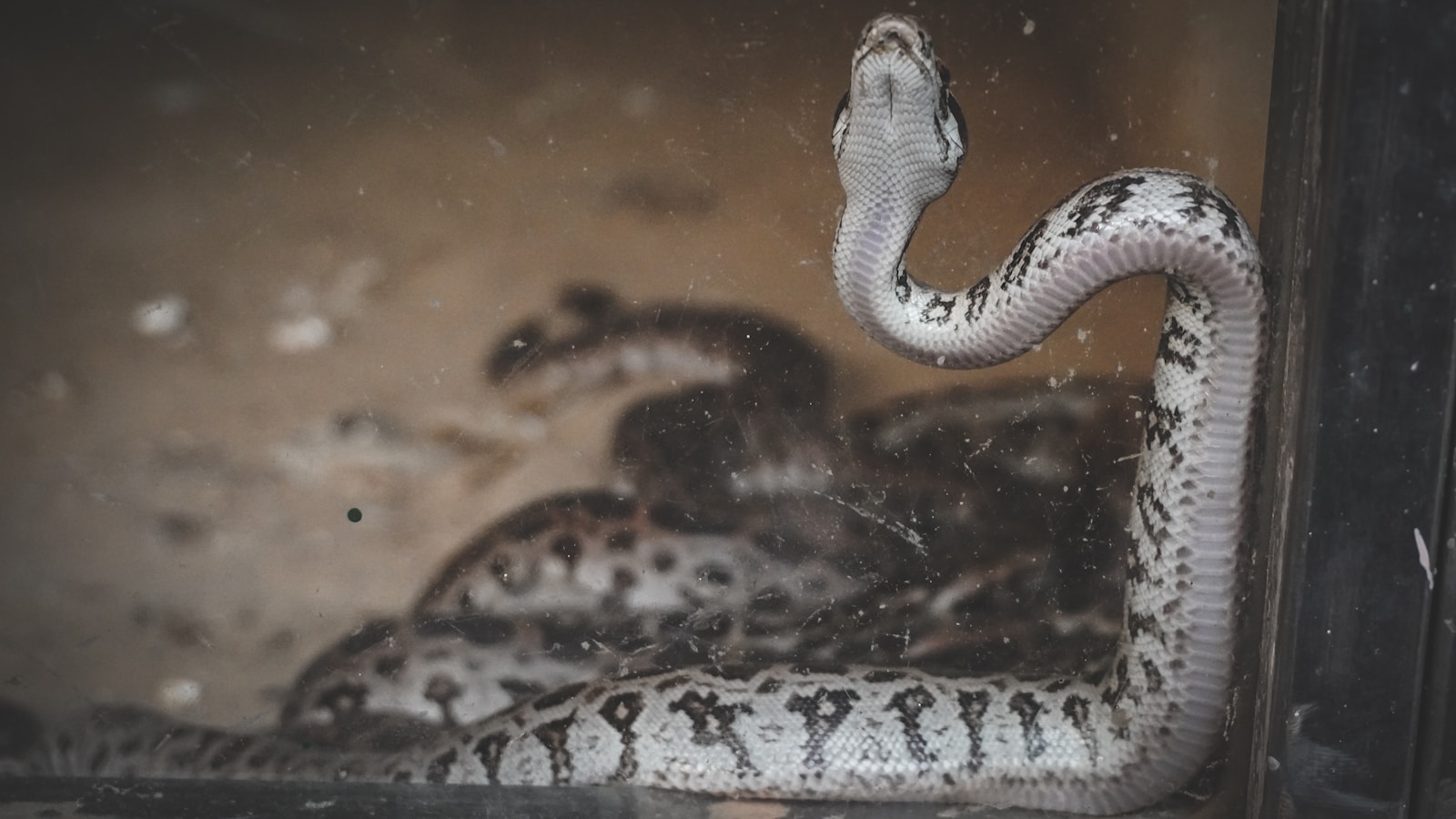
Shed skins (or sloughs) provide definitive evidence of snake presence and can enhance your tracking skills by confirming species identification. A complete shed appears as a transparent, inside-out husk, often found near rough surfaces that helped the snake peel it off during ecdysis. The head scales and eye caps remain intact in complete sheds, allowing species identification based on scale patterns and arrangements. Size and condition of the shed can indicate the snake’s age, health, and approximately when it passed through the area. Fresh sheds are moist and pliable, while older ones become brittle and may fragment, suggesting the timeline of a snake’s presence in the habitat.
Interpreting Snake Behavior From Trails
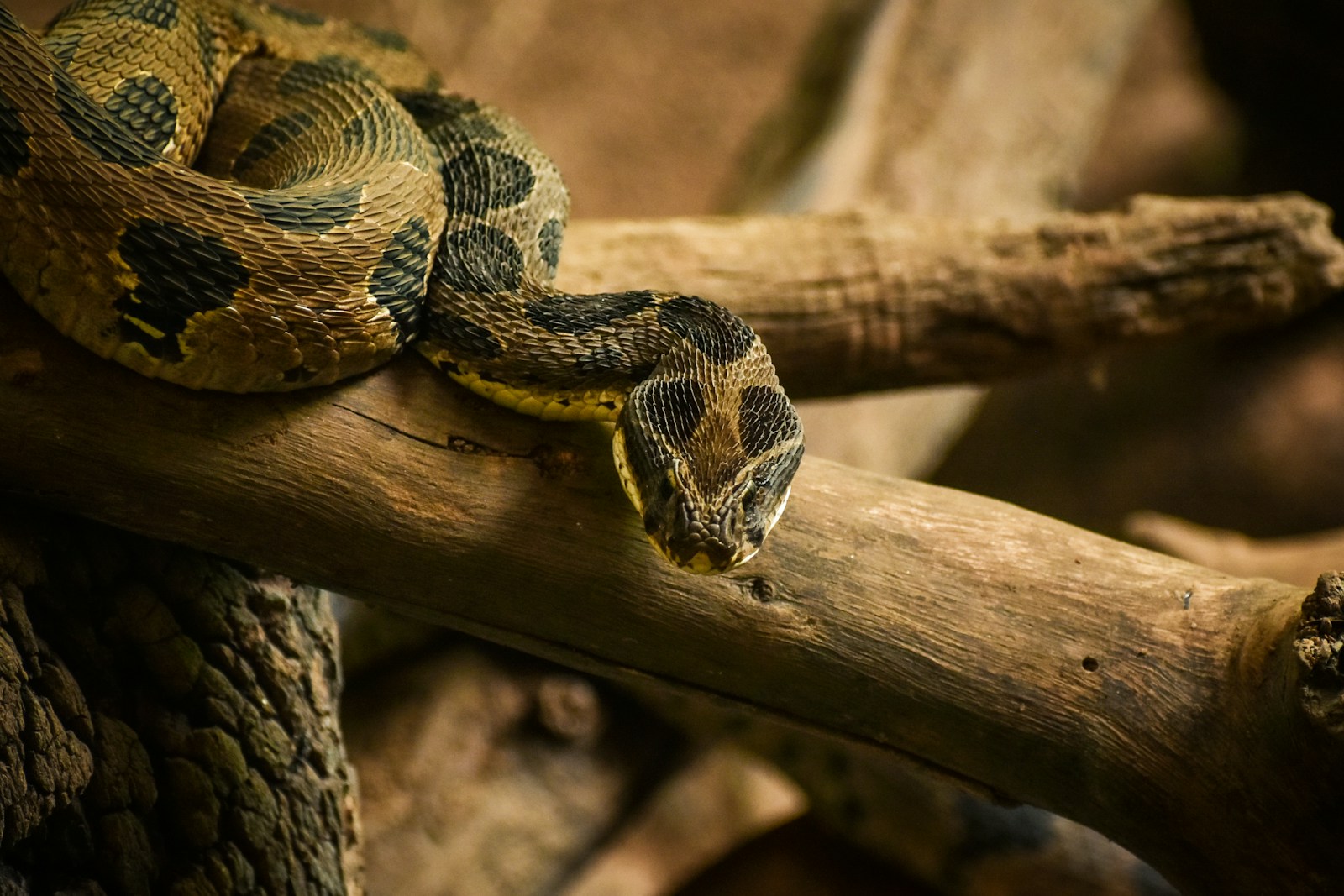
Snake trails reveal much more than mere presence—they tell stories about behavior and intention. Straight, purposeful trails suggest travel between specific destinations like hibernacula and hunting grounds. Concentrated, overlapping trails in circular patterns often indicate courtship and mating activity, particularly in spring months. Abrupt directional changes might show hunting behavior, especially if ending near rodent burrows or other prey habitat. Trails that suddenly become erratic sometimes indicate defensive behavior where the snake felt threatened. Parallel trails running alongside each other during mating season tell a reproductive story, while tracks leading to and from sun-exposed surfaces show thermoregulatory behavior essential to these ectothermic animals.
How Weather and Conditions Affect Snake Sign
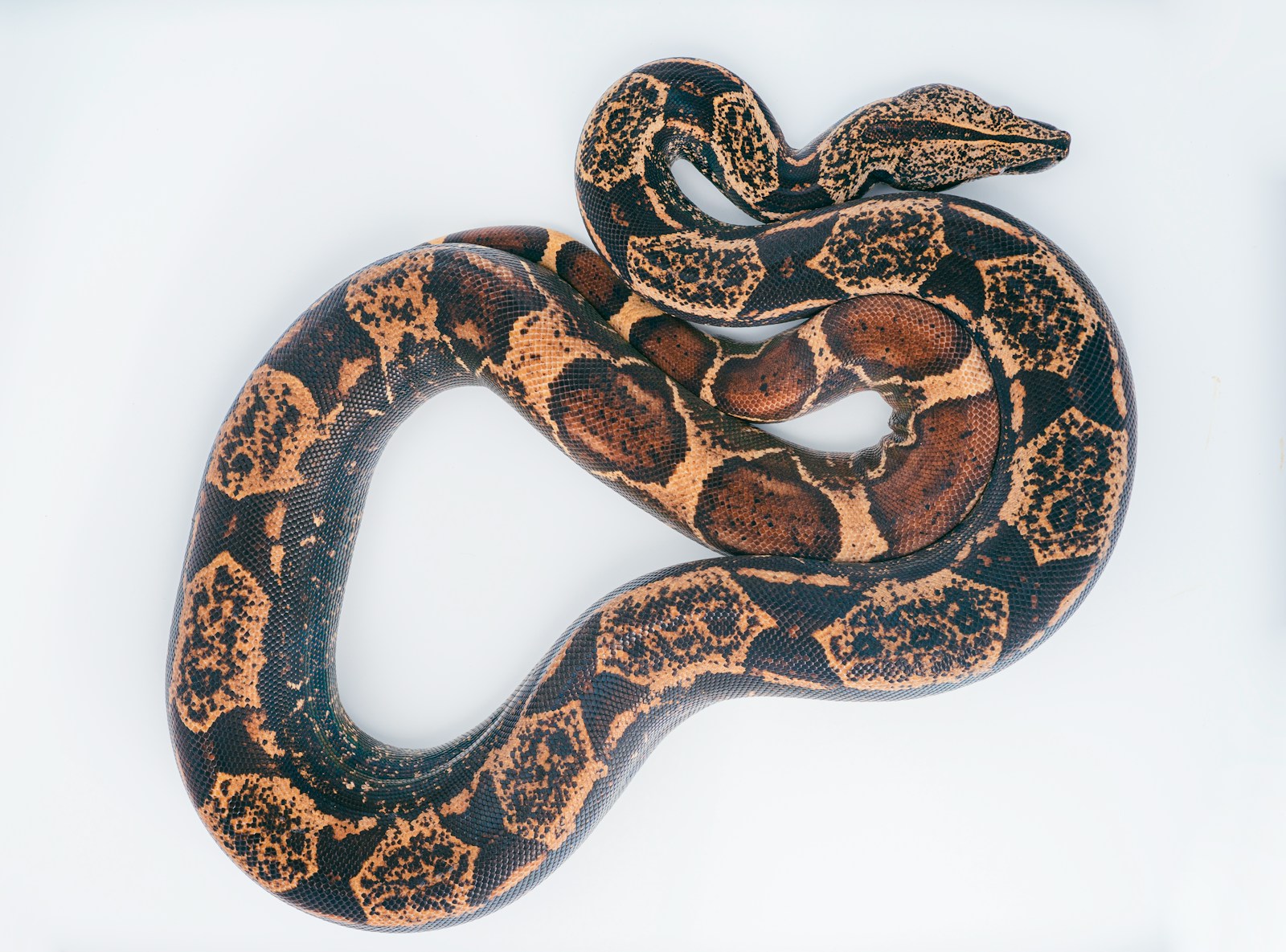
Environmental conditions dramatically influence both snake activity and track preservation, making them crucial factors in successful tracking. Snakes are most active during moderate temperatures—expect clearer, fresher tracks during spring and fall mornings and summer evenings when movement peaks. Rain can obliterate existing tracks but creates perfect conditions for new impressions in softened substrates immediately after precipitation. Wind gradually erodes sand tracks, with even light breezes degrading fine details within hours of formation. Seasonal considerations matter too; hibernation emergence creates concentrated tracking opportunities as snakes move from winter dens to feeding grounds. Understanding these temporal patterns helps trackers maximize their chances of finding and correctly interpreting snake sign.
Recognizing Predation Signs Around Snake Trails
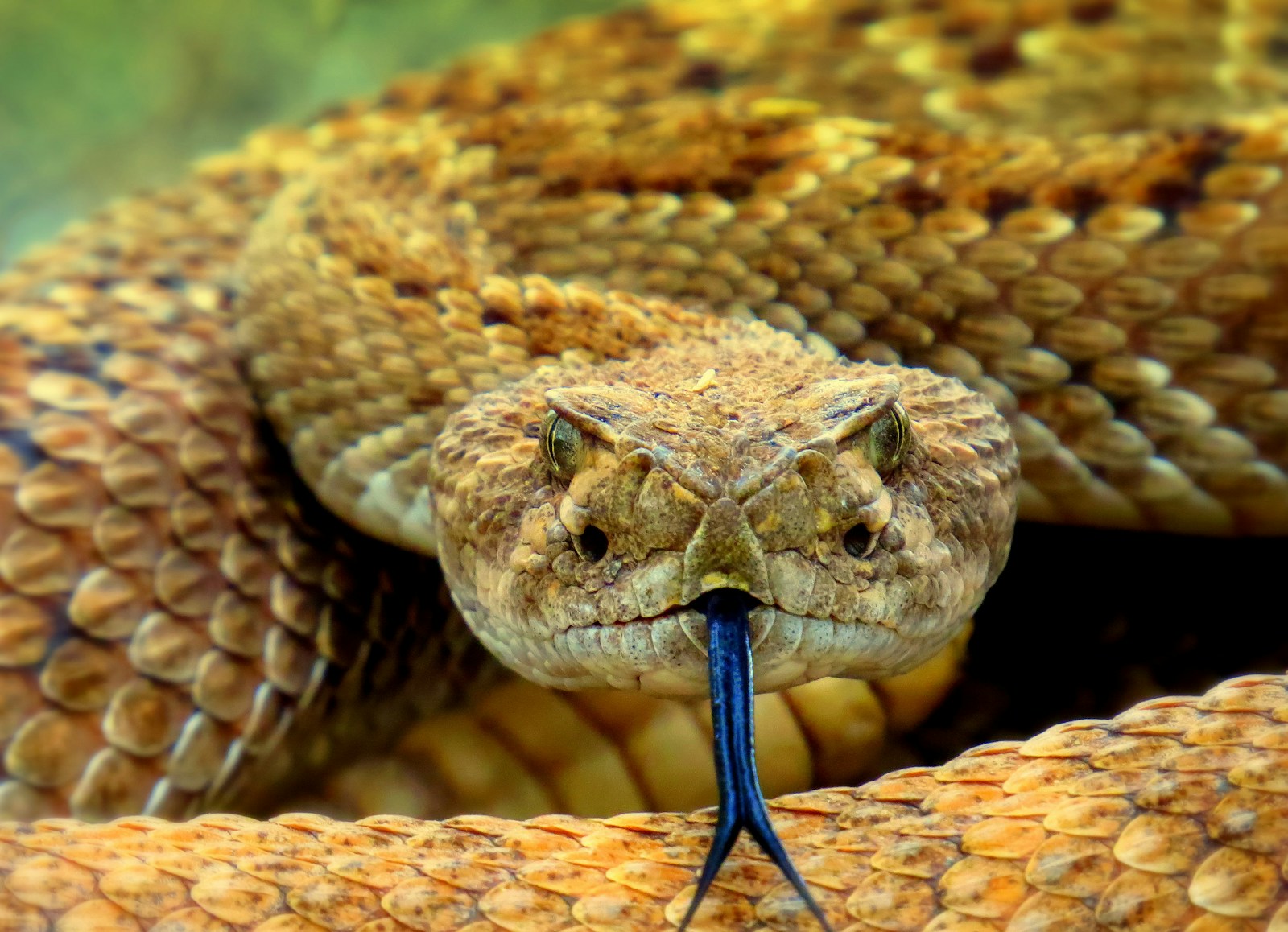
Snake tracks associated with hunting and feeding behaviors offer fascinating insights into their ecological role. Look for tracks that show side-by-side movement followed by constriction marks—circular disturbances where substrate is heavily disturbed during prey restraint by constrictors like rat snakes or pine snakes. Small drag marks perpendicular to the main trail might indicate where a snake has pulled prey from a burrow. After successful predation, larger snakes create distinct body impressions where they remained stationary to digest their meal, often under cover near the hunting site. Tracks that show a significantly wider girth in one section can indicate a snake that has recently fed, as the prey bulge alters the typical movement pattern and track formation.
Tools and Techniques for Better Snake Tracking
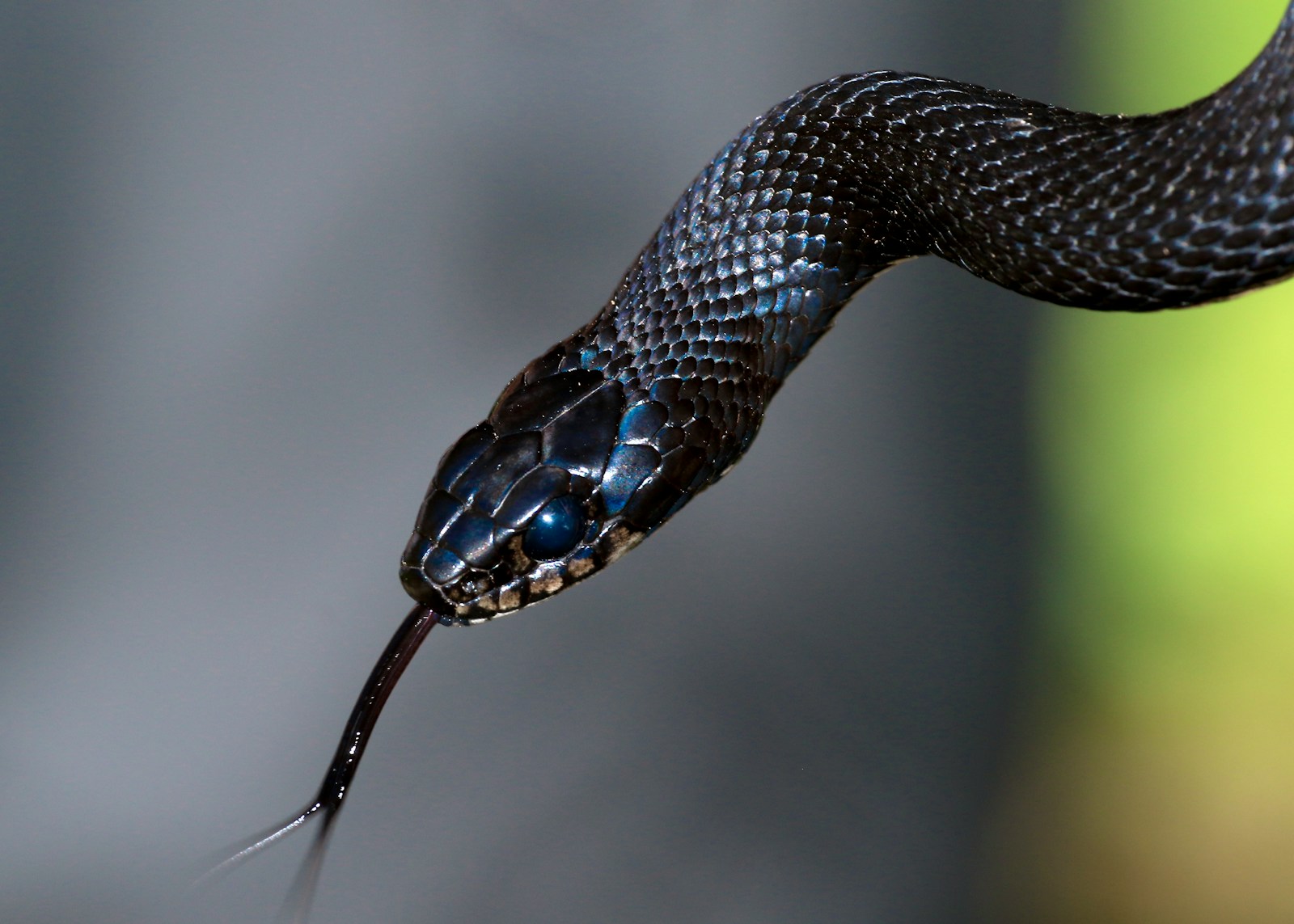
Enhancing your snake tracking abilities requires both the right tools and proper techniques. Carry a small LED flashlight to create low-angle lighting that highlights subtle track impressions, even during daylight hours—angled illumination casts shadows that make nearly invisible tracks suddenly apparent. A small magnifying lens helps examine scale impressions and distinguish between similar species. Photography serves both documentation and learning purposes—take photos with scale references (like coins) and from multiple angles to study later or consult with experts. Developing a methodical search pattern improves success rates; walk slowly while scanning in a systematic grid rather than random wandering. Morning tracking sessions typically yield better results due to overnight animal activity and favorable lighting conditions for spotting subtle signs.
Snake Tracking Safety Considerations
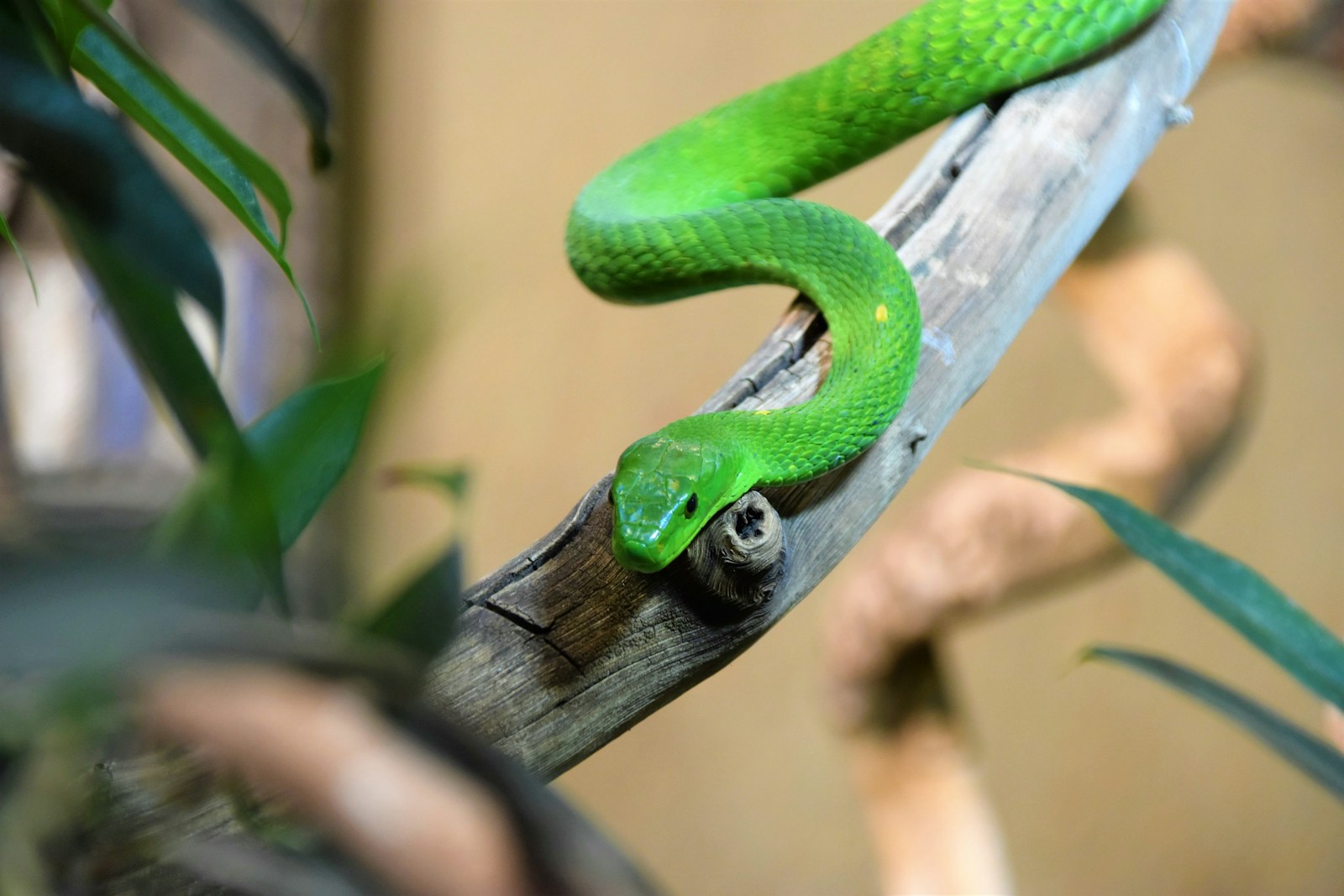
Following snake tracks requires specific safety protocols to ensure enjoyable, risk-free experiences. Always wear appropriate footwear and long pants when tracking in snake habitat, even when temperatures are warm. Carry a snake identification guide relevant to your region to distinguish between venomous and non-venomous species whose trails you might encounter. Use walking sticks to probe vegetation before stepping through tall grass or leaf litter where visibility is limited. Maintain awareness that fresh tracks indicate a snake may still be nearby; approach areas of concentrated snake sign with heightened caution, particularly during peak activity seasons. Remember that tracking should be observational—never attempt to handle snakes encountered during tracking activities, regardless of species, as even “harmless” snakes can inflict painful bites when surprised.
Becoming a Better Naturalist Through Snake Tracking

Developing snake tracking skills transforms your relationship with natural environments by revealing previously invisible ecological connections. Regular practice sharpens observational abilities that transfer to tracking other wildlife and noticing subtle environmental changes. Keeping a field journal of tracks found, conditions, and associated behaviors builds a personal reference library that deepens your understanding of local snake populations. Participating in citizen science projects that monitor reptile movements contributes valuable data to conservation efforts while enhancing your skills. The patience and attention to detail required for successful snake tracking cultivates mindfulness and presence in natural settings, enriching every outdoor experience whether tracks are found or not. Through this practice, you become not just a visitor to wild places, but a reader of the hidden stories written across the landscape.
Snake tracks and trails represent one of nature’s more subtle languages, requiring patience and practice to interpret accurately. Unlike tracking mammals with their obvious footprints, identifying snake sign demands a different kind of attention—one that rewards the observer with intimate glimpses into the secret lives of these remarkable reptiles. By learning to recognize the patterns snakes leave behind, you develop a deeper connection to the environments you explore and gain a greater appreciation for the ecological roles these often-maligned creatures fulfill. Whether you’re a naturalist, photographer, hiker, or simply curious about the wild world around you, the ability to read snake sign opens a fascinating chapter in your outdoor education—one written in sand, dust, and subtle disturbances across the ever-changing canvas of the natural world.

